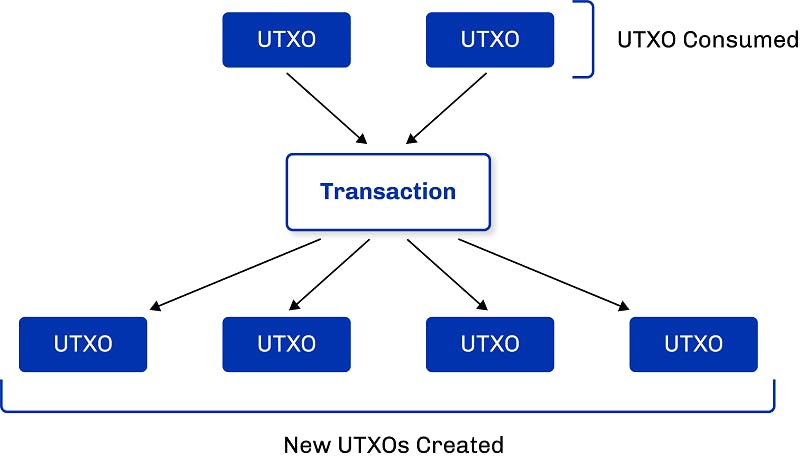The Cardano community is abuzz with excitement for the upcoming VASIL Hardfork. But you may be reading this and wonder: what is VASIL? This post should help answer your question, even if you aren’t crypto-savvy.
What is a Hard Fork?
A hard fork in the crypto world is when the developers of a currency make a second branch (or “fork”) with the same basic code of the original currency. Hard forks usually bring significant changes to the efficiency, protocol, governance, or security of a currency. The VASIL hard-fork, in particular, is focused on improving the efficiency of the Cardano network.

Diffusion Pipelining
Diffusion means “the spreading of something more widely” and pipelining means “transportation by means of pipelines.” These definitions don’t explicitly help us here since diffusion pipelining is actually a computing term. Diffusion pipelining enhances the efficiency of a blockchain by allowing blocks (a place on the blockchain that stores information on the transactions inside and the blocks that it links to) to be distributed to other nodes (“users” on the blockchain) before it is validated. So nodes will be able to validate the reference to the header (summary of what's in the block) and then distribute that block while still validating the body of the block (shown by the red arrows in the diagram below).
This means that a block can be sent to 95% of the network while the block is also being validated, greatly improving the throughput of the network.

Validation process with diffusion pipelining
CIP-32
Cardano Improvement Proposal 32 (CIP-32) allows for the addition of inline Datums to a UTXO (an unspent transaction output, I highly recommend you read the Cardano documentation about UTXO-based blockchains). Datum is a piece of information about a UTXO’s owner and other timing details. Previously, the Datum is attached to a UTXO in the form of a hash, so the actual data that the hash represents can be accessed only if the UTXO is spent (when the unspent outputs are used as an input).
CIP-32, however, allows the Datum to be displayed on the UTXO instead of displaying the Datum’s hash (hashes were initially chosen because it was believed that hashes would take up less space, reducing the size of blocks). This will help dApp developers since they will be able to see the Datum without using any computational power to calculate hashes.

Now, you may have one question: what if the Datum is larger than the Datum’s hash? If the Datum is larger, this would take up more space in the block and reduce the efficiency of the network. The great thing about CIP-32 is it allows you to choose, either use the Datum itself or its hash. This way, we get the best of both worlds.
Part two will come out soon…
If you enjoyed reading this, consider following. It helps a lot!
